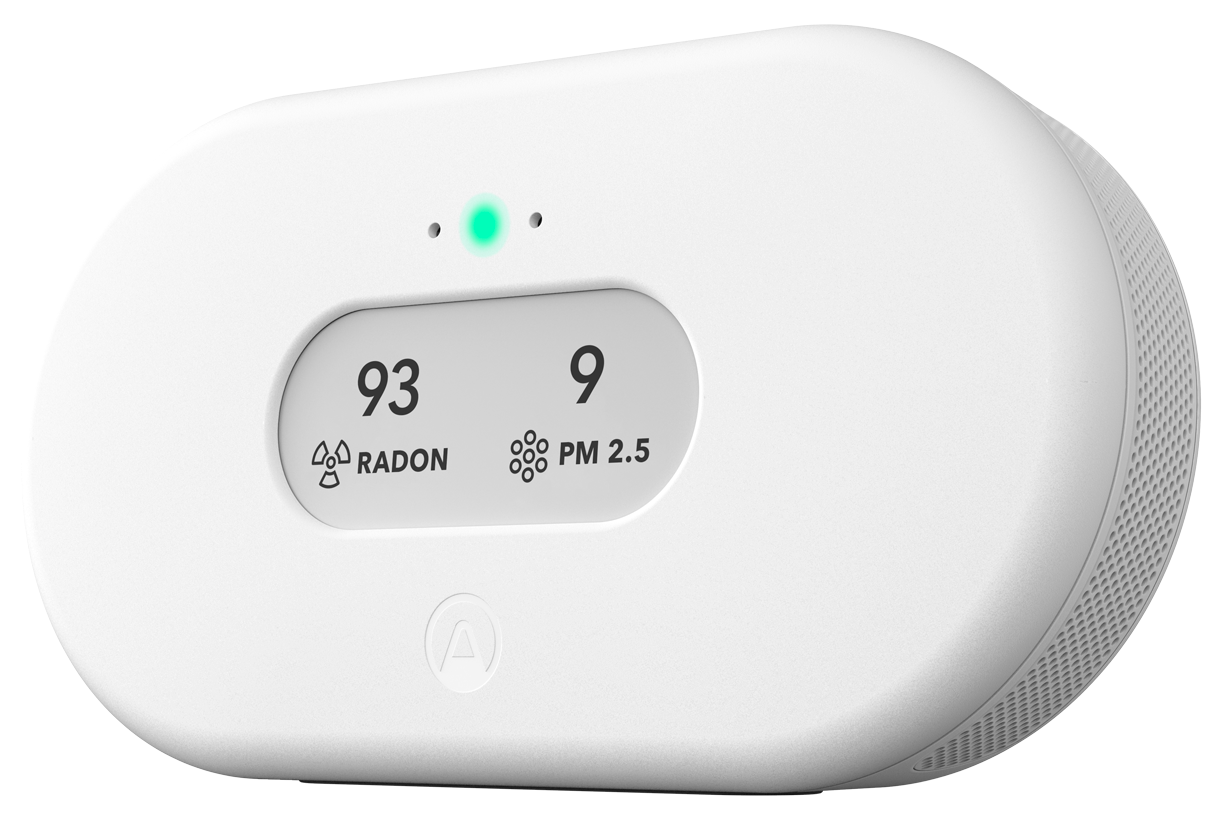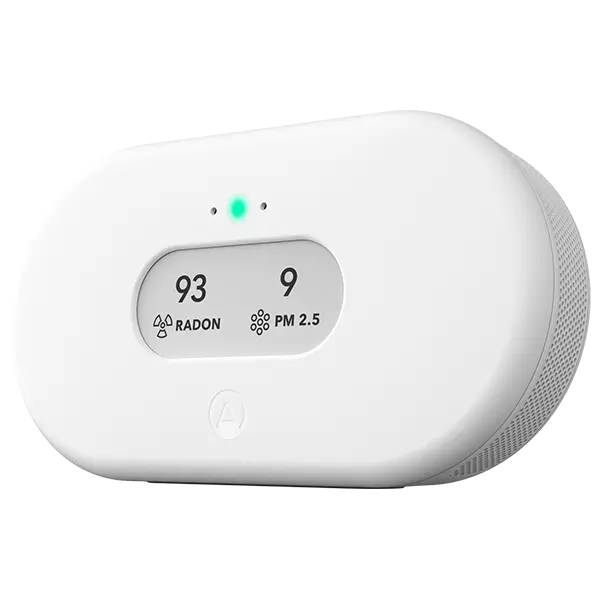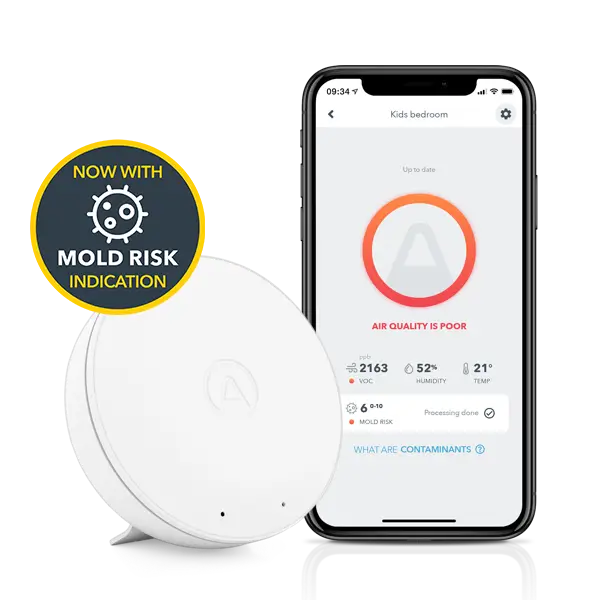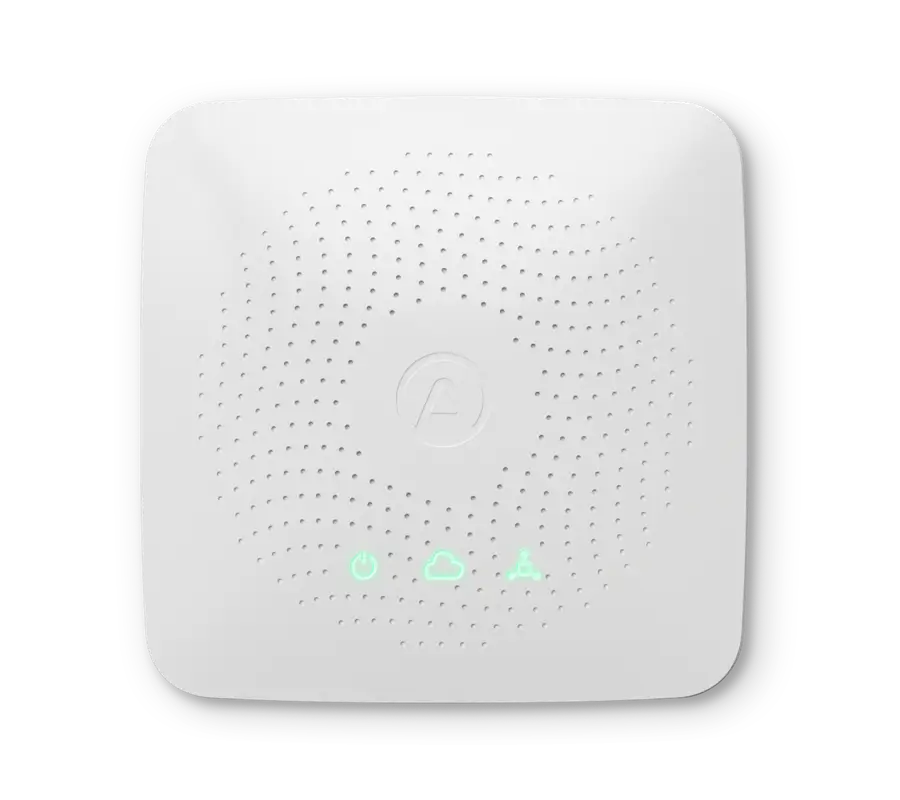How to look after indoor air quality for safer DIY and home improvement: the complete guide
Could DIY jobs be damaging your health? Discover how to work safer, by optimizing indoor air quality for home improvement.
In this guide:
- Safer and healthier DIY
- Painting and decorating
- Carpentry and woodwork
- Kitchen and bathroom work
- Small construction projects
- Spending time in DIY-designated areas
- Monitor and manage your indoor air quality
- Key takeaways
Safer and healthier DIY
You can get real satisfaction from enhancing your property with home improvements. Unfortunately, it can cause problems for indoor air quality, by creating dust that damages health, and emitting toxic chemicals.
When you’re doing DIY, which air quality issues should you be aware of, and how can they be overcome? Read on to find out.
Painting and decorating
The smell of a fresh coat of paint is a wonderful thing, but did you know it can damage your health? Many paints, varnishes, cleaning products, and air fresheners contain pollutants called airborne chemicals, or VOCs.
Some common examples are formaldehyde, benzene, and acetone. The US Environmental Protection Agency (EPA) says that average levels of VOCs are between 2 to 5 times higher indoors than outdoors1.
Airborne chemicals can irritate the eyes, nose, and throat, trigger allergies, cause headaches, and make you dizzy. If you are prone to asthma, they can aggravate the condition2. Potential long term effects include damage to the kidneys, liver, and central nervous system3.
These substances also damage the skin’s protective layer, causing inflammation, dry skin, and itching associated with eczema. Indeed, studies show that carrying out redecorating activities like painting, floor covering, and adding new furniture around young children increases their risk of developing eczema (atopic dermatitis)4.
Dealing with these problems
When you’re painting, or using any other potentially toxic material, it’s vital to keep the room well ventilated. In addition, wear a pair of gloves so that your skin doesn’t come into contact with potentially irritating substances5. If possible, store paints and other chemicals away from the rooms where people spend time living or sleeping; outside in a garage, shack, or shed if you have one. You can also look out for low-VOC paints which are now widely available.
Carpentry and woodwork
Just like paints, some types of wood and wood treatments contain airborne chemicals (VOCs). In addition, drilling, cutting, and sawing creates ‘ultrafine particles’. This particulate matter (PM), made up of tiny specks, is so tiny that it can pass through masks6.
These particles are especially dangerous because of their small size. The human body absorbs them easily and their increased relative surface area makes them more chemically reactive7.
As a result, these substances can increase the risk of serious heart and lung diseases, including asthma8.
Dealing with these problems
Use dust extraction and wear protective equipment: masks, visors, eye-goggles all help to keep particles at bay. When you’re cleaning up, use wet cleaning methods to avoid stirring up more dust.
Kitchen and bathroom work
When you’re working in the kitchen and bathroom, you have to contend with a range of products that could contain VOCs or other damaging chemicals, as well as problems associated with damp and excess humidity. These environments are prime locations for the development of mold and mildew, which cause health issues.
Many cleaning products contain VOCs, which are also found in building products, heating oil, polishes, varnishes, and upholstery. Even cooking can release VOCs, which have a tendency to aggravate the ears, eyes, nose, throat, and respiratory system.
Mold and mildew are microscopic fungi that thrive in warm, damp places. Mildew is usually white or grey and grows on surfaces like shower walls, windowsills, and other moist places. Mold is often black or green in color and may penetrate deeper into building materials9.
Mold and mildew give off spores that can cause health problems when they’re breathed in. They trigger asthma attacks and cause allergic reactions, like sneezing, runny noses, or rashes. A fifth of asthma cases are attributed to damp and mold exposure in the home10. Mold can also cause infections for people with weaker immune systems11.
Dealing with these problems
If you’re going to be doing DIY on or around moldy surfaces, make an effort to scrub them properly with detergent and water before you begin. Anti-mold paint is available for problem areas, for example bathrooms, where humidity is often high12. But make sure you dry the areas thoroughly before starting work, otherwise that fresh coat of paint may peel.
To avoid breathing in spores, wear a mask. In the bathroom, make sure the fan is on and crack open a window while you work. In the kitchen, get the extractor hood going and make sure the room is well ventilated.
Small construction projects
More major work, like knocking through walls, creates a whole different level of dust and with that comes greater risk to health. Construction dust is linked to serious diseases like lung cancer, chronic obstructive pulmonary disease (COPD), and silicosis. For that reason, over 500 construction workers each year die from exposure to silica dust13.
Some of the jobs that create the biggest problems include cutting flags or paving stones, chasing concrete to make space for pipes or wires, cutting tiles, grinding surfaces, sanding, and demolishing walls or other structures14.
The risks will be particularly high if the structure contains silica or wood dust. Another hidden danger that may be lurking, particularly in properties over 30 years old, is asbestos. This fibrous material is often found lagging pipes, in partition walls, and in ceilings. If disturbed or damaged, it gives off particles which can be breathed in or come into contact with the skin. Exposure to asbestos is known to cause a range of serious lung problems, including mesothelioma (a type of cancer) and asbestosis.
Dealing with these problems
With small construction projects, planning is key. Limit the number of people around the site, so that exposure to dust is limited. In addition, be sure to screen off the area, so that particles don’t spread.
It’s absolutely vital to wear proper protective equipment when dealing with dust, including masks and overalls, and maintain good ventilation. Sometimes these projects can take many hours, or even a few days, so there is lots of potential for exposure. Dust builds up, so it’s important to protect yourself if you’re planning this type of work17.
If you suspect you may encounter some asbestos during your project, it’s time to get the help of professional asbestos handlers. They will know best how to remove the material or mitigate the problem18. It is not recommended that you deal with asbestos-containing structures or undertake asbestos removal yourself.
Spending time in DIY-designated areas
When you love DIY, you’re likely to spend a lot of time in basements, tool sheds, lofts, and other areas that may be poorly ventilated, damp, or full of potentially toxic materials. What risks could these spaces pose?
Basements and lower floors are prone to high concentrations of radon. This colorless, odorless, radioactive gas exists everywhere in the ground. In some localities it builds up to dangerous levels after seeping up into buildings, through cracks in the foundations.
When this happens, radon forms a fine dust that becomes trapped in our airways when we breathe it in. As a result, it’s the biggest cause of lung cancer for non-smokers. In the US, radon is responsible for 21,000 deaths per year19.
Another problem, in airless spaces, is carbon dioxide (CO2). We all breathe out CO2 with the result that it builds up indoors. In addition, it’s produced by heaters and appliances that burn fuel. Excess levels of the gas can create issues like restlessness, drowsiness, increased heart rate and blood pressure, sweating, and headache20.
Remember also that airborne chemicals (VOCs) and products that contain these pollutants are likely to be stored in sheds, garages, and other DIY areas, which may also contain toxic substances like fiberglass.
Dealing with these problems
It may not be easy in basements and lofts but, if possible, keep DIY-designated spaces well ventilated. Crack a window in your tool shed, for example, or open the garage door.
When it comes to toxic products that contain VOCs, make sure that you’re storing them properly. Don’t keep old cans of paint, aerosols, disinfectants, and varnishes you no longer need in an area where you’re likely to be working. Perhaps it’s time to throw out some bottles, if things are getting cluttered! And follow the instructions carefully when you’re using anything involving these chemicals.
Many problems with radon can be dealt with by ventilation. If there’s a particularly bad issue, some building work may be needed to seal up cracks, or you might want to consider installing a radon sump.
Monitor and manage your indoor air quality
To keep DIY and home improvement healthy and safe it’s important to have a good source of information about the air you are breathing. A good indoor air quality monitor provides real-time and historical information about all the key data, so you can keep an eye on baseline levels and changes in air quality.
Airthings indoor air quality monitors are quick and easy to install, with long-life batteries, and wireless technology, so you can be monitoring indoor air quality for DIY in no time. The sensors measure contaminants like radon, carbon dioxide, and VOCs, as well as important air conditions like humidity, air pressure, and temperature. In addition, the monitors provide information about particulate matter (PM), which is reassuring if you’re worried about the effects of fine dust on conditions like asthma.
You can view all this data in a user-friendly dashboard, or on the Airthings app. The Airthings Dashboard gives you automatic alerts when problems arise. For example if VOCs in the air go above the recommended level, you’ll get a notification and you’ll know to take a break, open a window, and bring the chemicals down to a safe concentration again. The data shows you exactly how your changes are working, and can help to settle arguments, for example if someone wants the window closed because it’s chilly!
DIY is an enormously satisfying and rewarding pastime, but it does create some health and safety concerns for the home environment. You can overcome these with the right information at your fingertips. Put your mind at rest by monitoring indoor air quality for home improvement.
Key takeaways
- Many paints, varnishes, wood products, and wood treatments contain health-damaging pollutants called airborne chemicals (VOCs).
- Drilling, sawing, cutting, and sanding creates dust containing ultra-fine particles, which are associated with lung diseases.
- In kitchens and bathrooms, mold and damp can cause issues with allergies and asthma.
- Monitoring indoor air quality for DIY provides you with a source of information to track contaminants in the air, so you can take action to counter any threats to your health and that of your family.










.webp)



%20(1).webp)

%20(1).webp)
